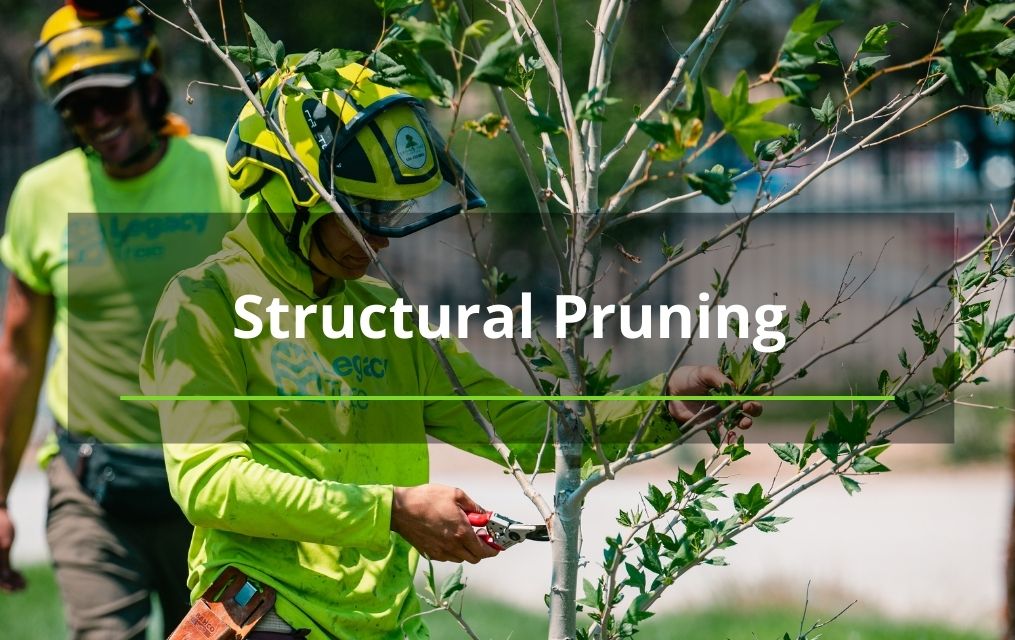Blogs
Tree Planting Tips

Tree Planting Tips
The best time to plant a tree is 20 years ago, as the saying goes. But time only moves forward, one day at a time, so we’ll have to settle with starting now! If you’re considering planting a tree, here are some great tips to consider.
When is the best time to plant a tree?
Fall and spring are the best times to plant a tree. For seedlings, planting in the spring is good, because the soil is cool, which helps to prevent the young tree from drying out. Spring is also a good time to plant conifers, bare-root trees, and transplanted trees.
In the fall, wait until the leaves have dropped from trees to plant. At this time of year, the soil is warmer than the air temperature. This difference promotes root growth, but the top of the tree won’t sprout new growth. This means that you’ll have a good, strong root system for when the tree starts to sprout new growth in the spring. Container trees, deciduous trees, and evergreens all do well with fall planting.
Age of the tree before planting
You can plant a tree at nearly any age, from seedling to young tree to mature tree. Of course, a more mature tree will be larger and will be more effort to plant. Mature trees are best planted by professionals since they require heavy equipment to move around.
Seedlings can be easily planted by homeowners. Just keep in mind that your small little seedling will grow to be a large tree eventually. Be sure to plant it somewhere it will have room to grow. Also, think about future root growth and how that could impact things like sidewalks or gardens.
Size of the hole
When planting a tree with a burlap-wrapped root ball, or a young tree grown in a container, you’ll need a fairly large hole. It should be about two to three times the diameter of the root ball, and about two or three inches less than the root ball’s height. When digging the hole, slope the sides so that the top is slightly wider than the bottom.
You will want to follow the same process when planting in poorly drained ground, except keep the hole depth to two-thirds the height of the root ball.
Once the tree is in the hole, backfill the soil into the hole. Cover the top of the root ball with soil, and gradually slope the soil away from the tree.
Digging a large hole will help with moisture management and bring air into the soil, which will help your tree’s roots.
When placing mulch, don’t cover the root ball with mulch.
After planting watering and care
Proper watering is essential for the health of your newly planted tree. Too much water or too little can lead to an unhealthy tree.
When you first plant the tree, give it a good watering. Let the water soak in, then apply mulch. You want the soil damp, but not soggy. Don’t use any fertilizer on your newly planted tree, as this could kill young trees.
During the first year after planting, you will need to keep the tree watered. The soil should be kept moist but not soggy. Generally, in dry conditions, you should be watering the tree every seven to 10 days. Be generous with your watering but don’t water so much that you end up with standing water.
Legacy Tree Company is a tree service company in Albuquerque, New Mexico, that is raising the standard for innovative, ethical tree care. Its mission is to sustain the Albuquerque urban forest for generations with services like tree trimming & pruning, tree & stump removal, tree bracing & cabling, tree planting, consultations, and tree irrigation. Click here to contact us via our online form, or give us a call at (505) 312-8865.
Contact:
Legacy Tree Company
100 El Pueblo Rd NW Unit A
Albuquerque, NM
(505) 312-8865













